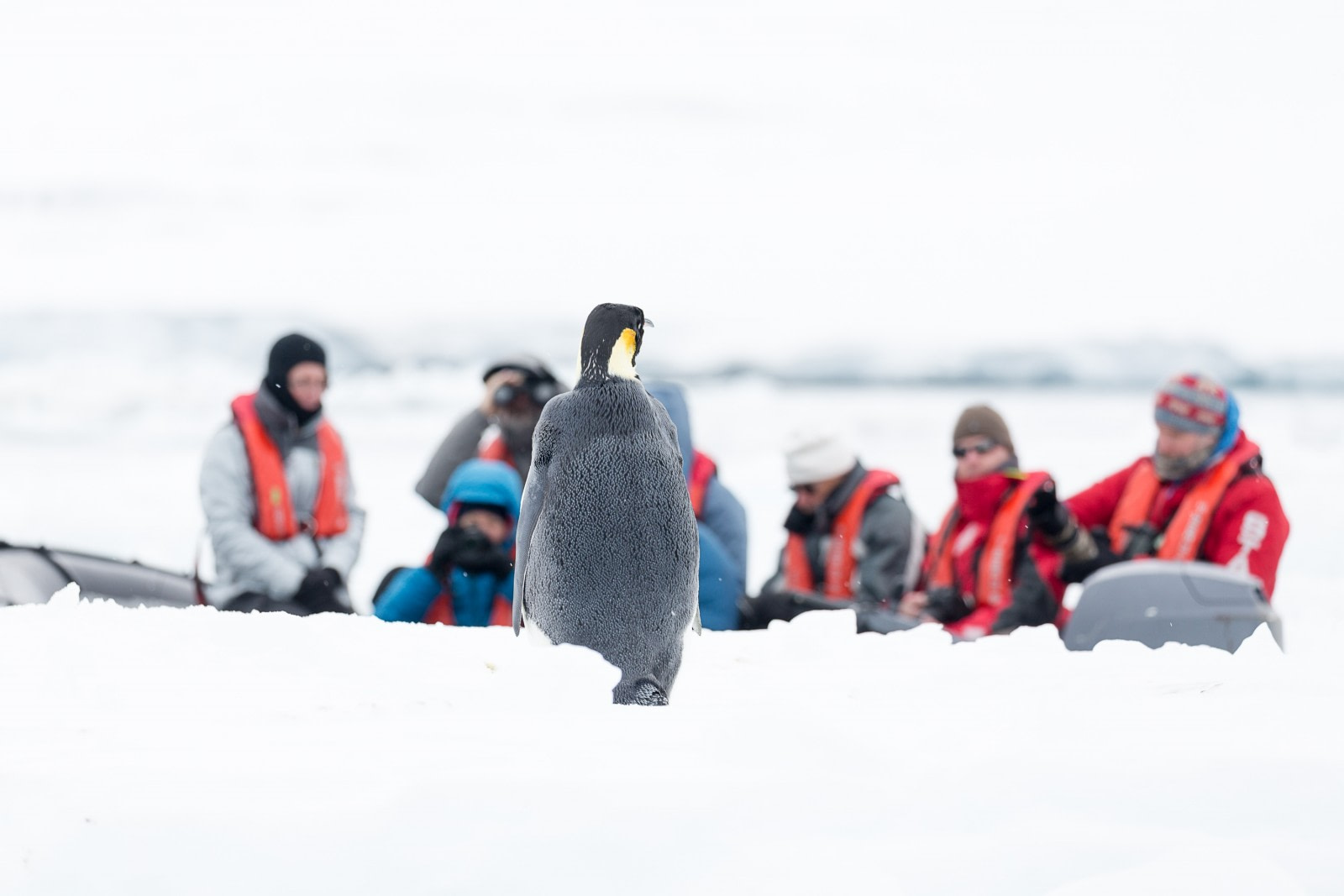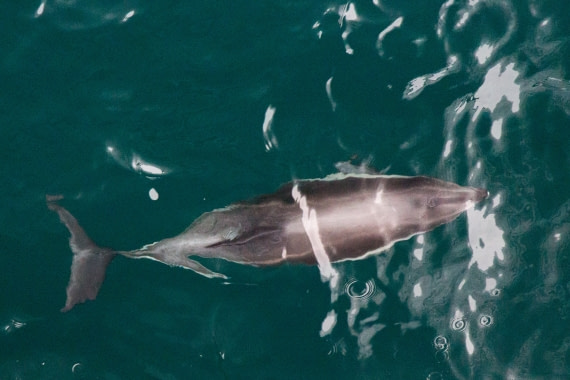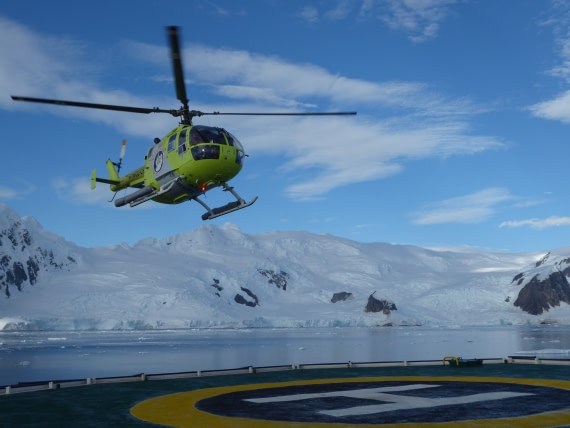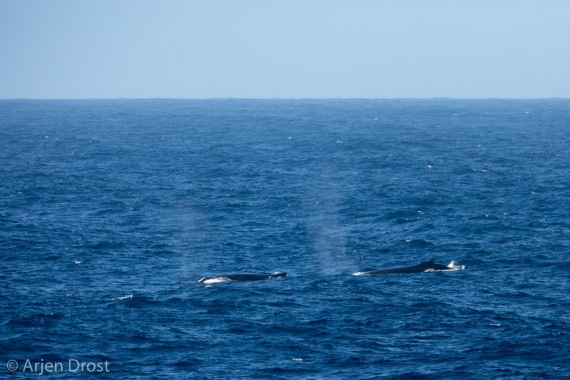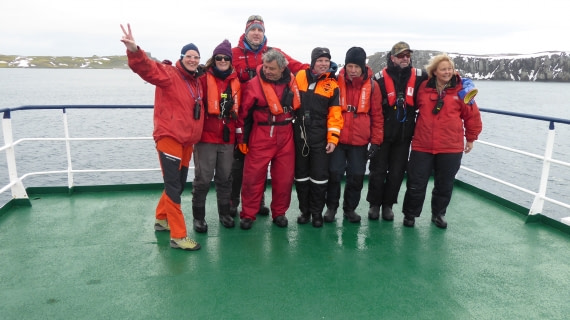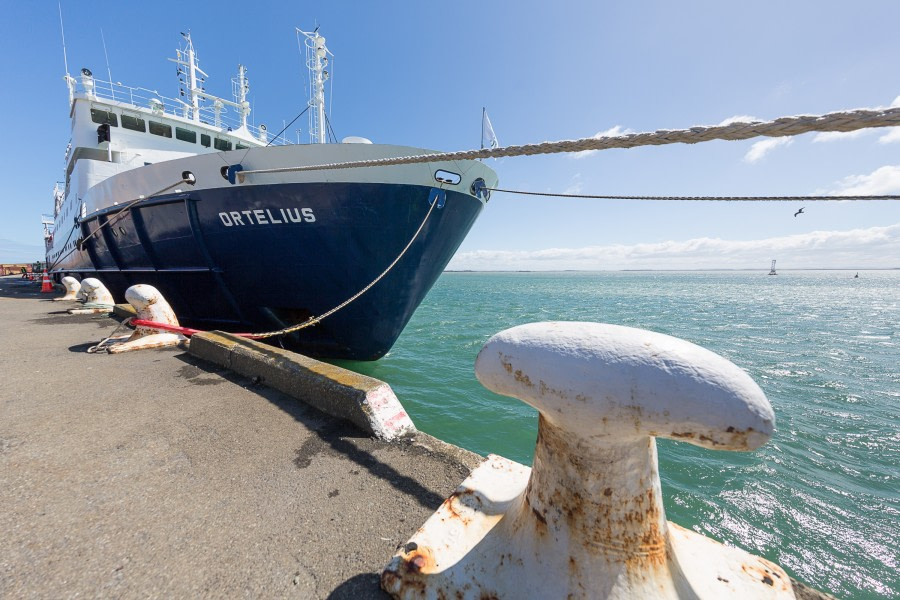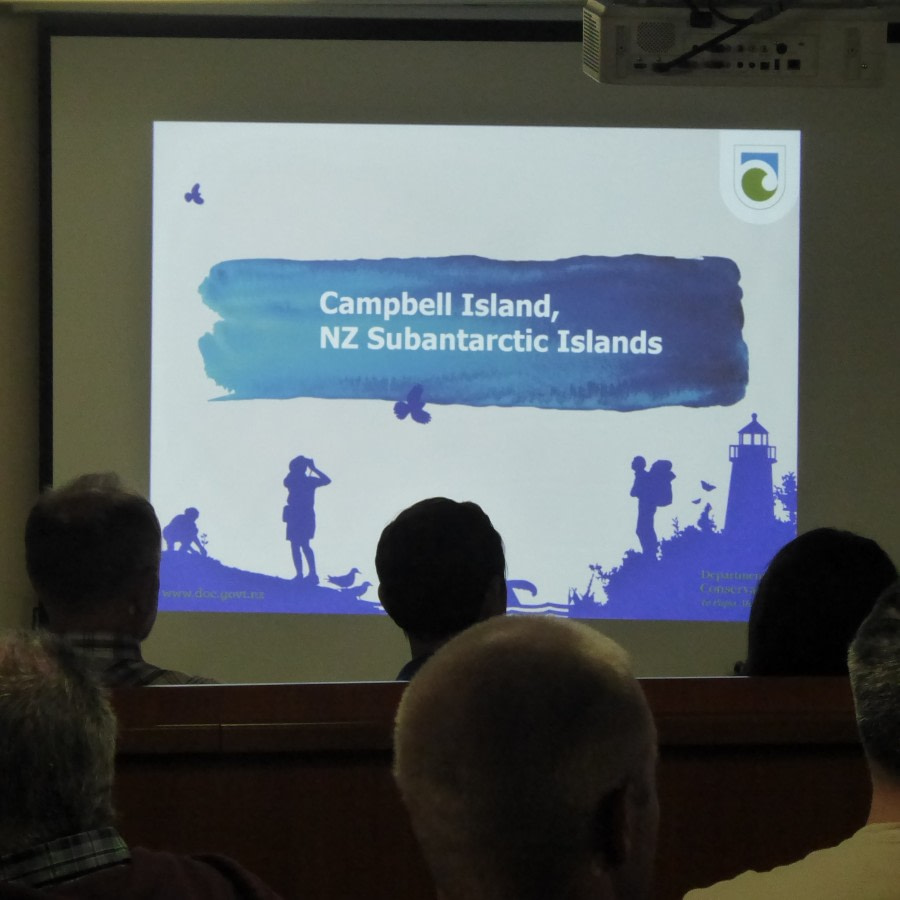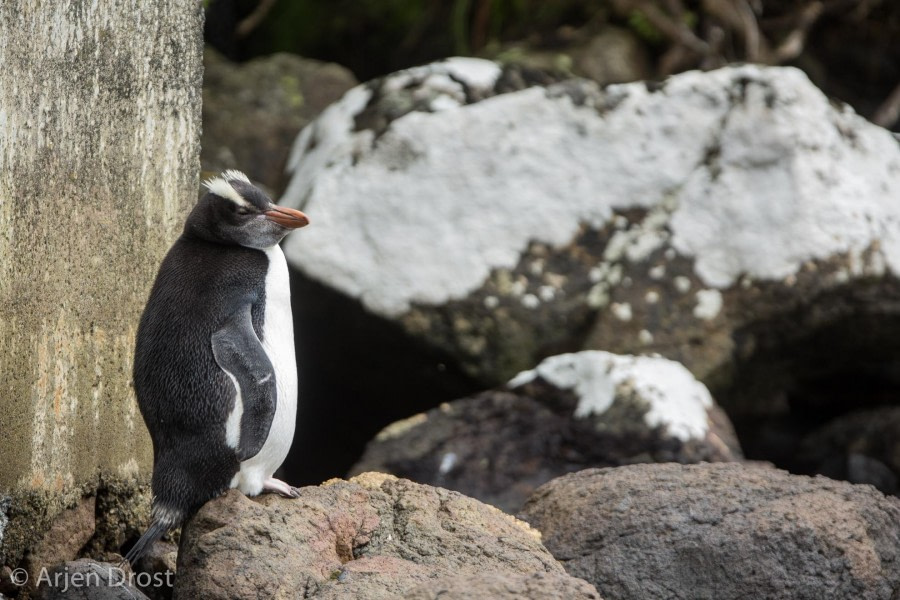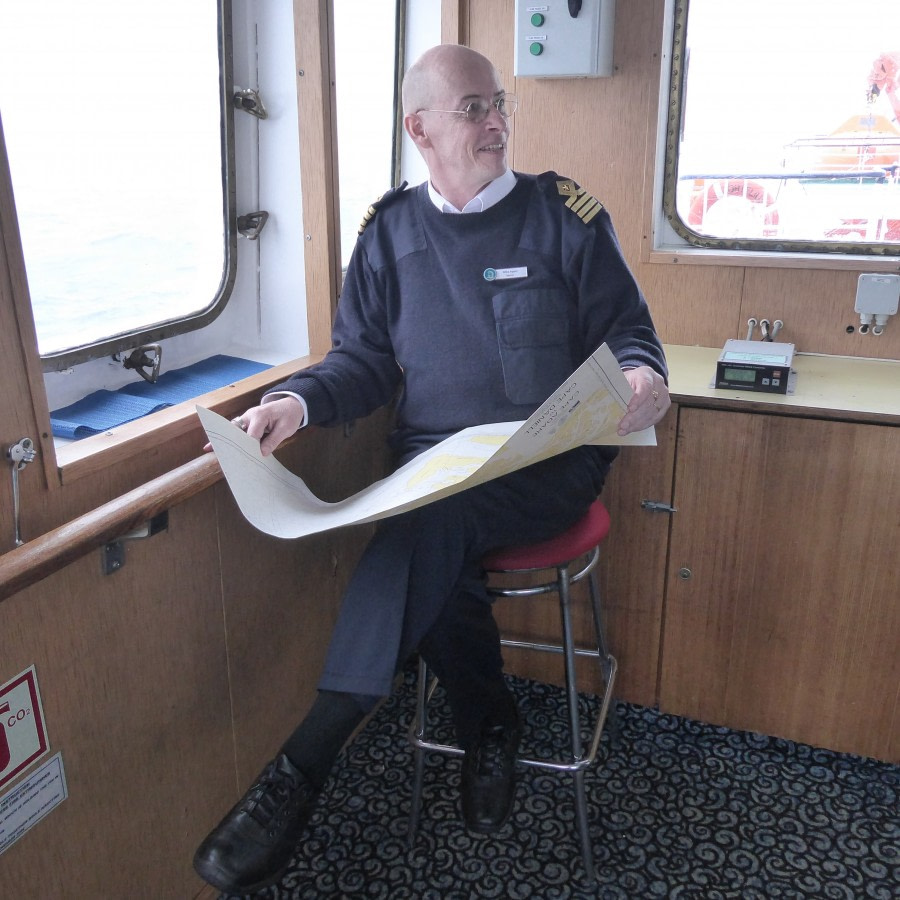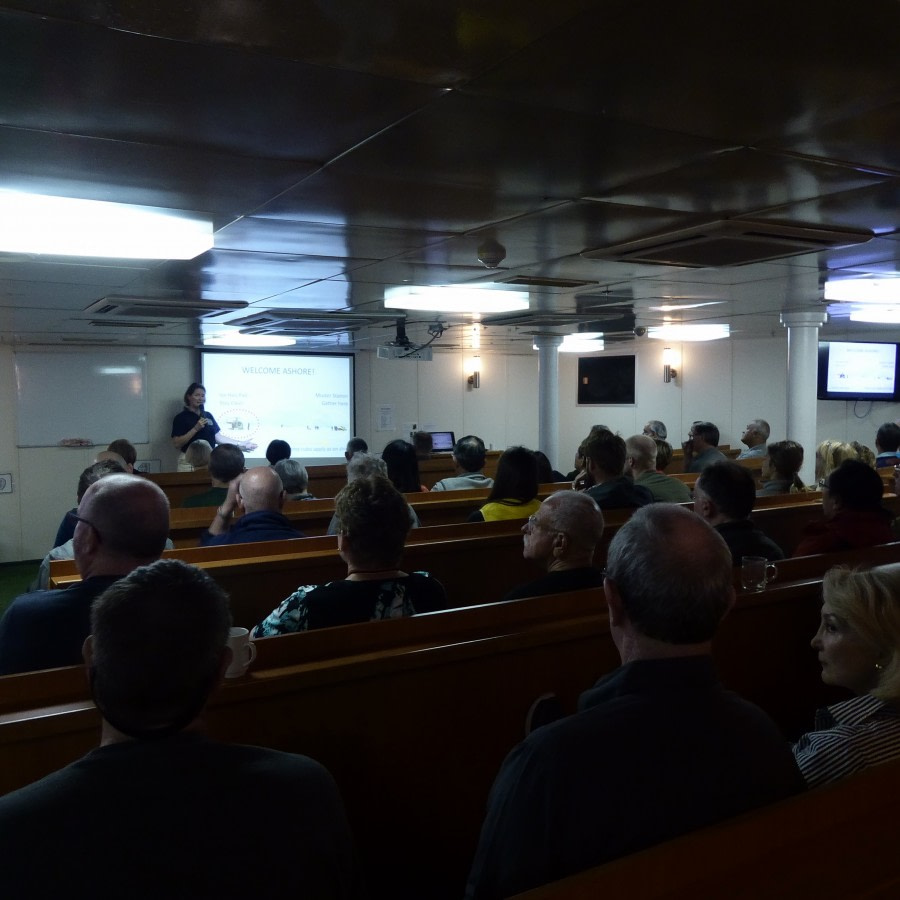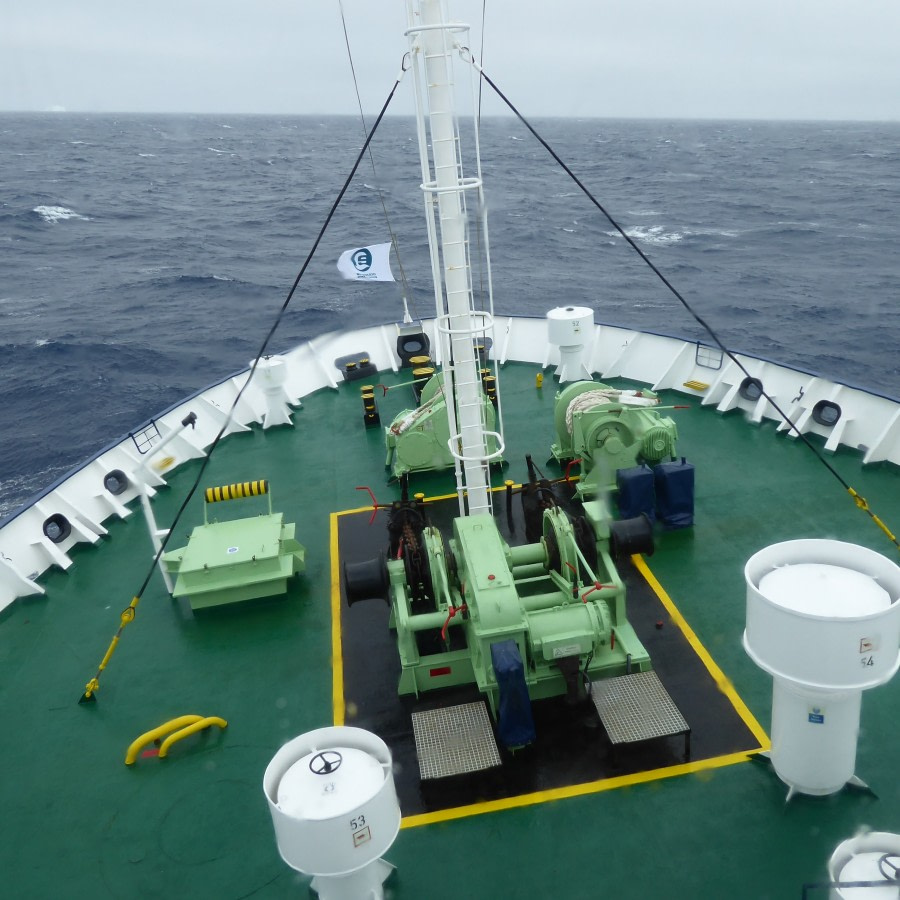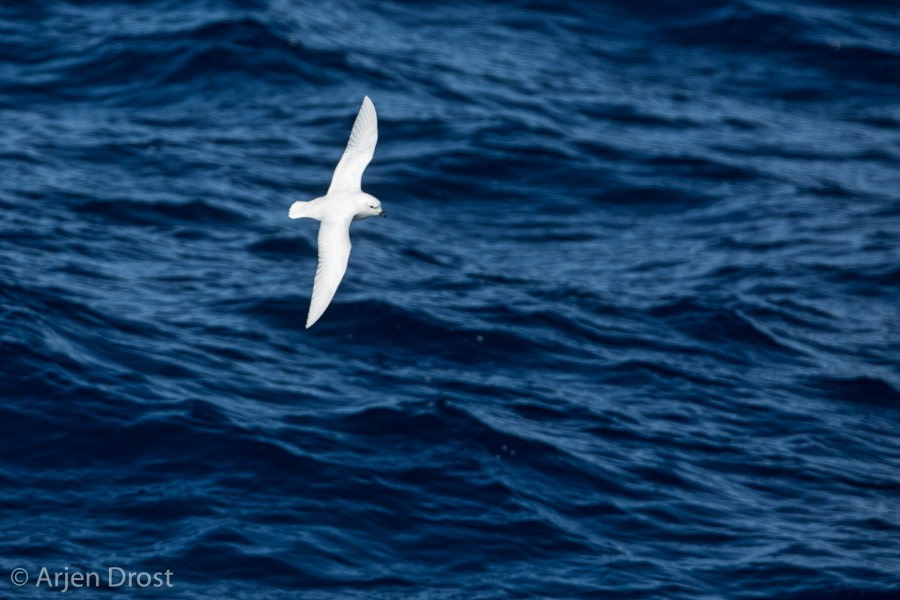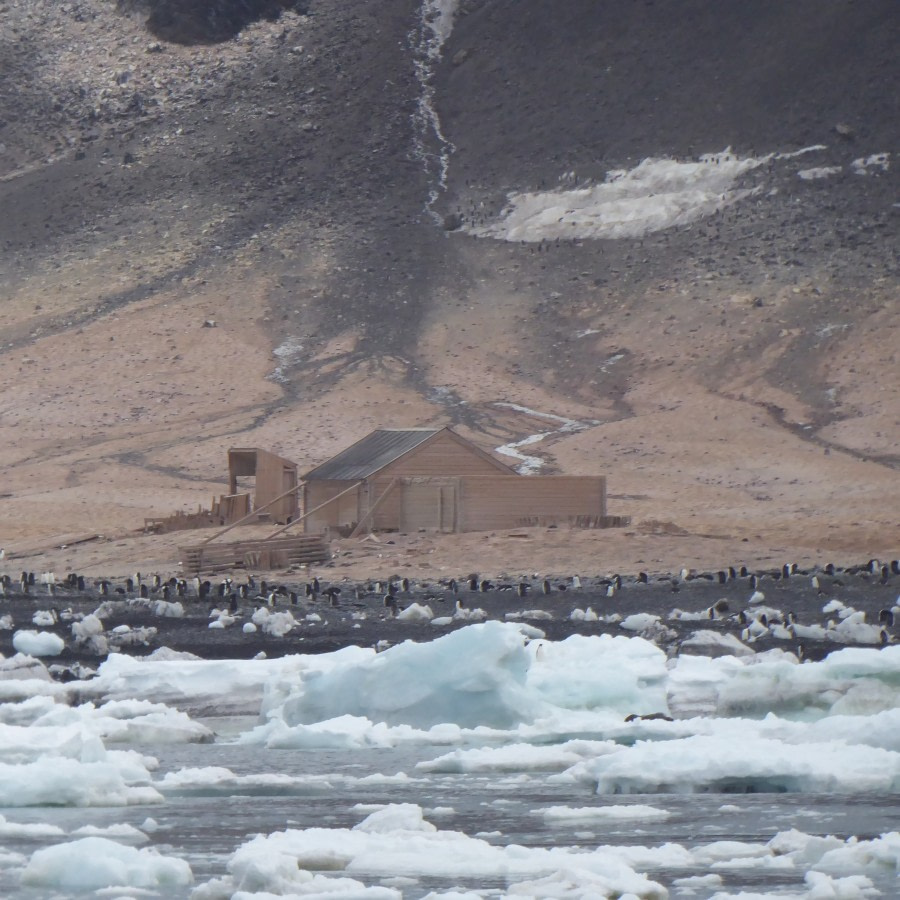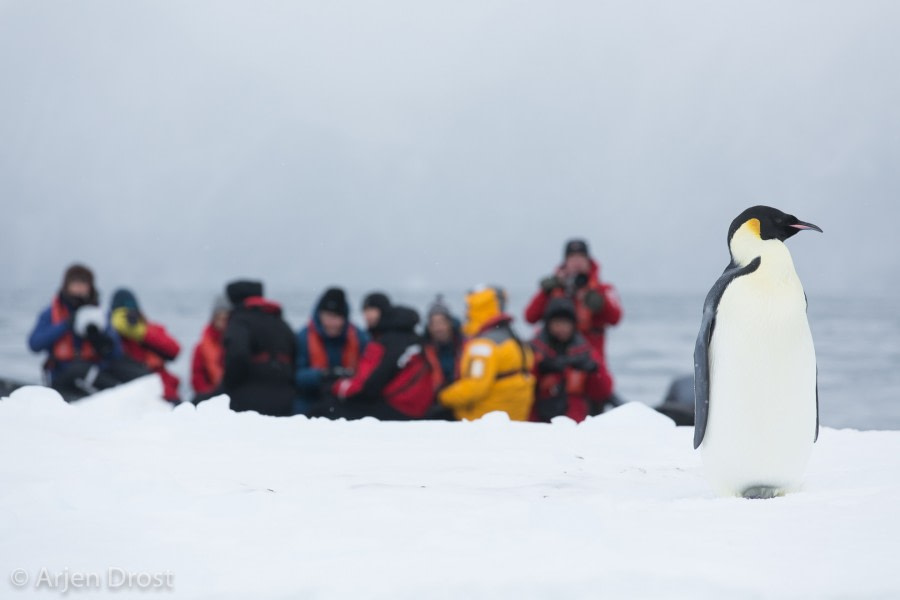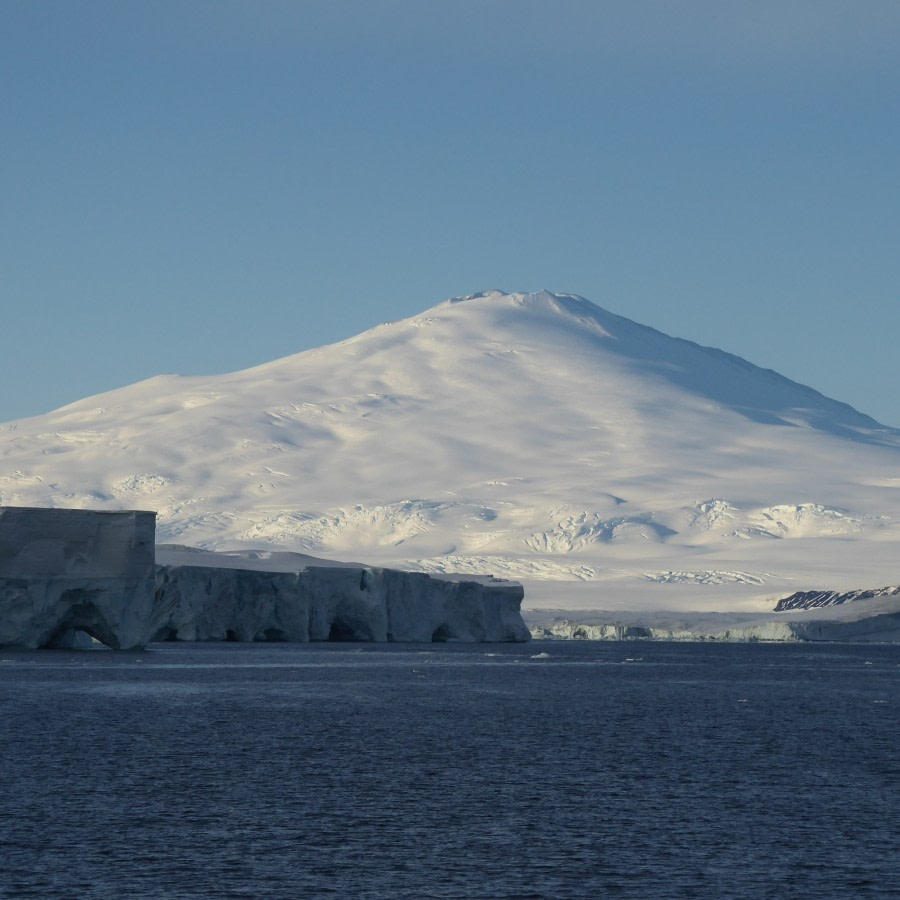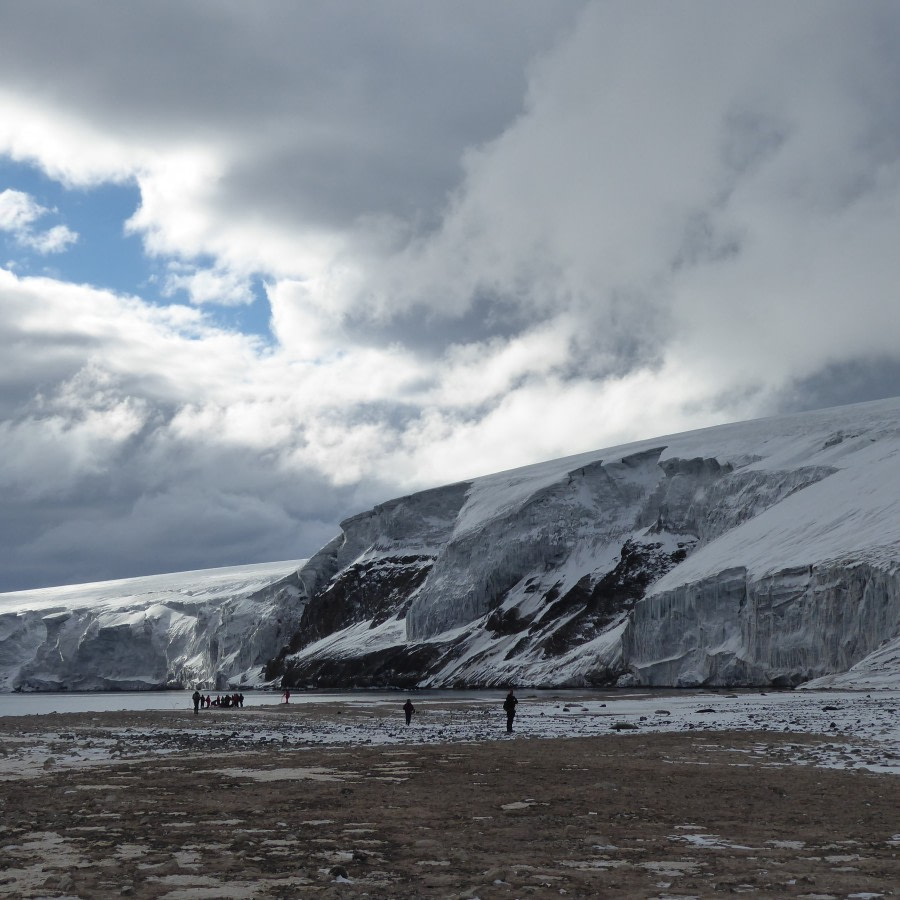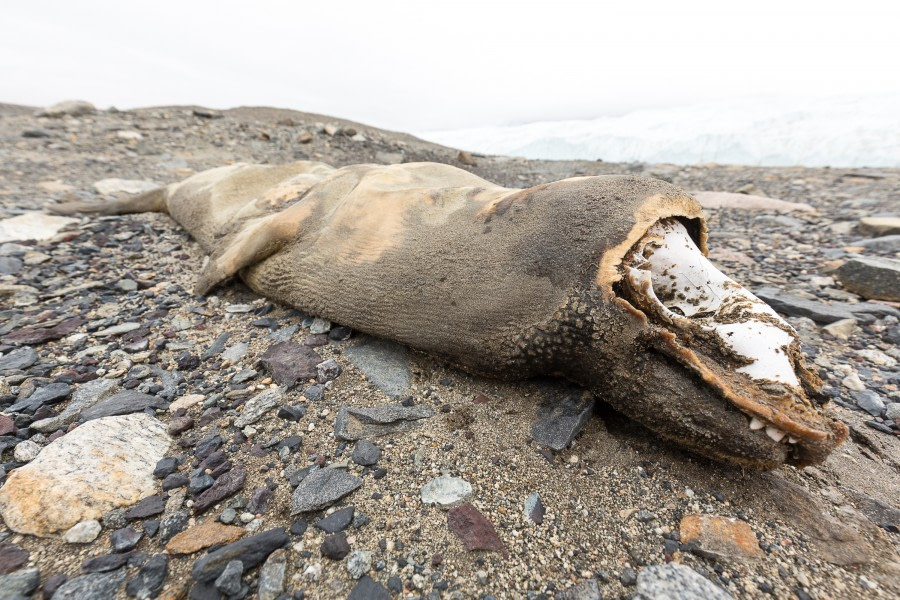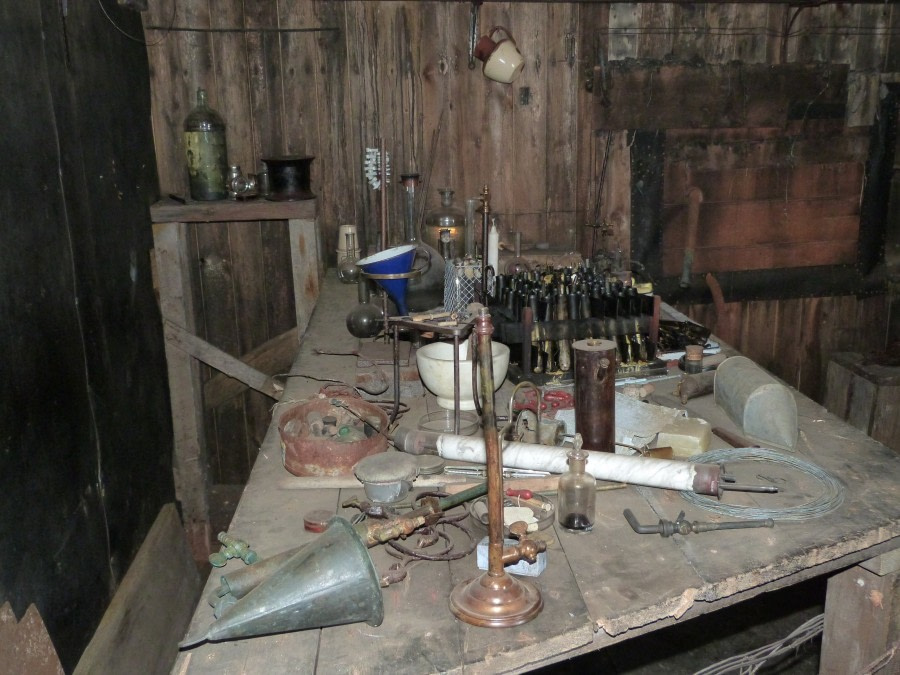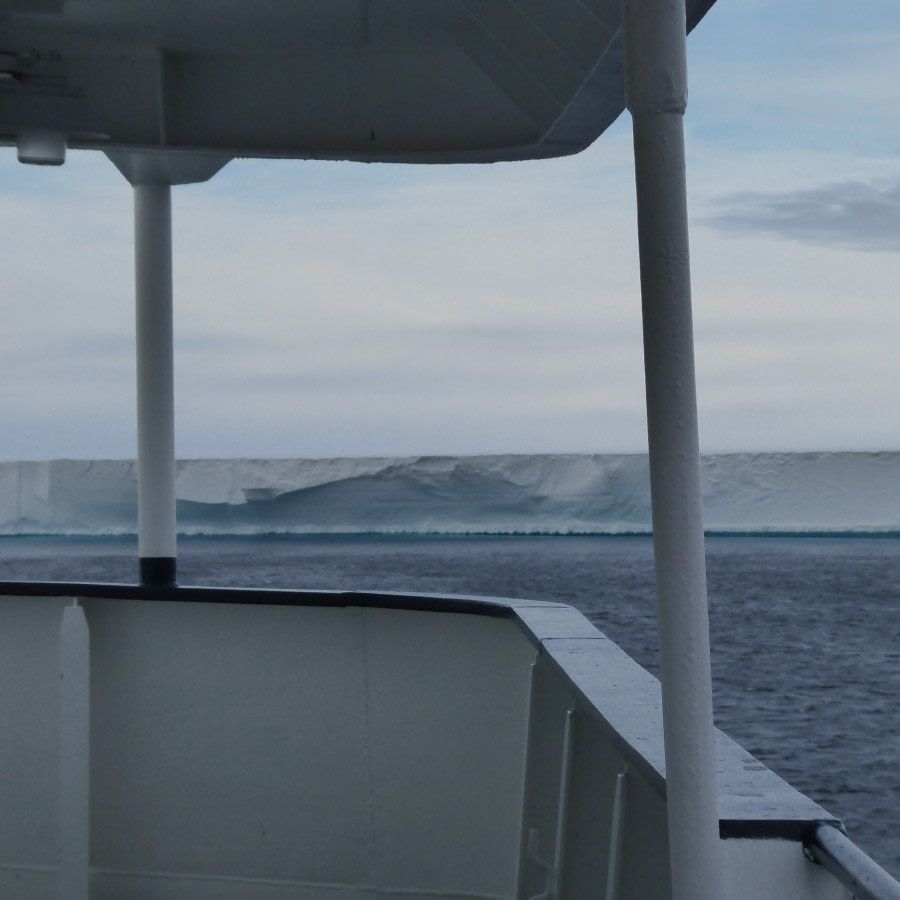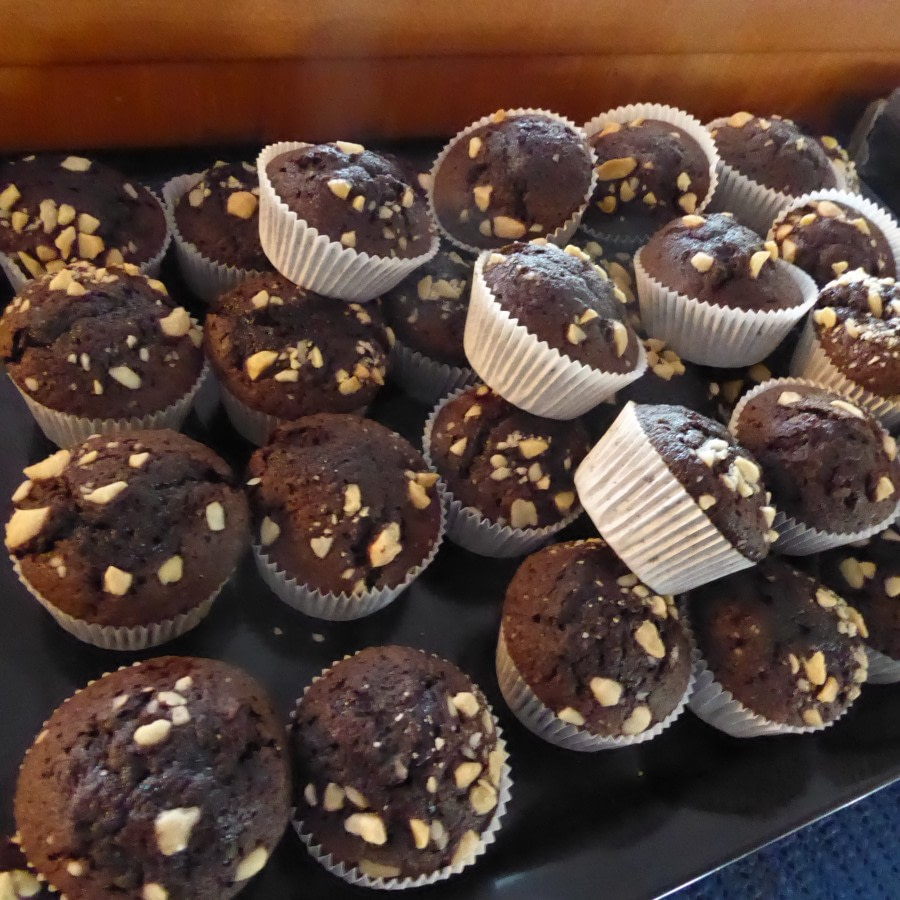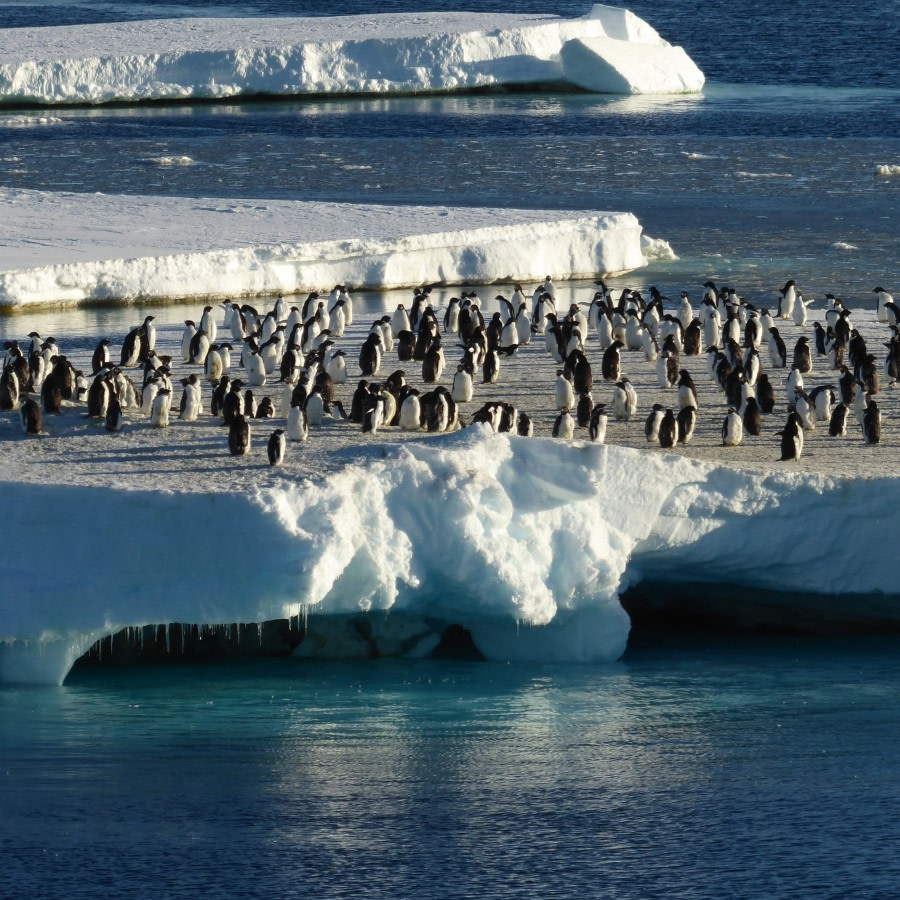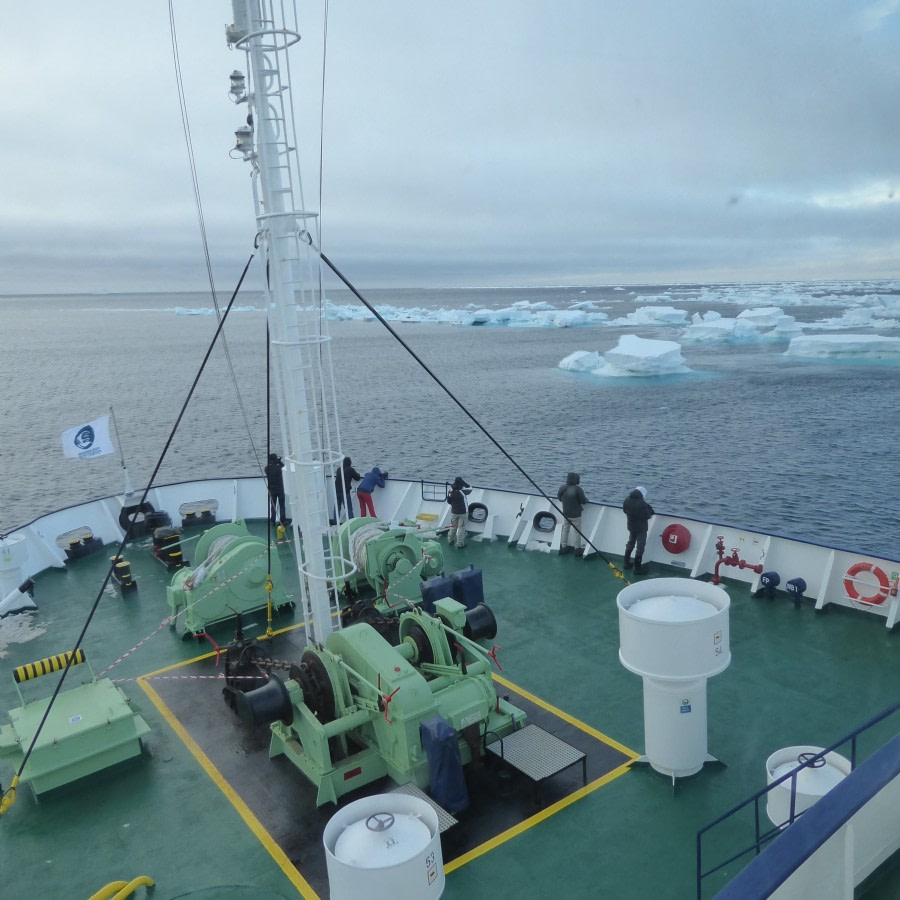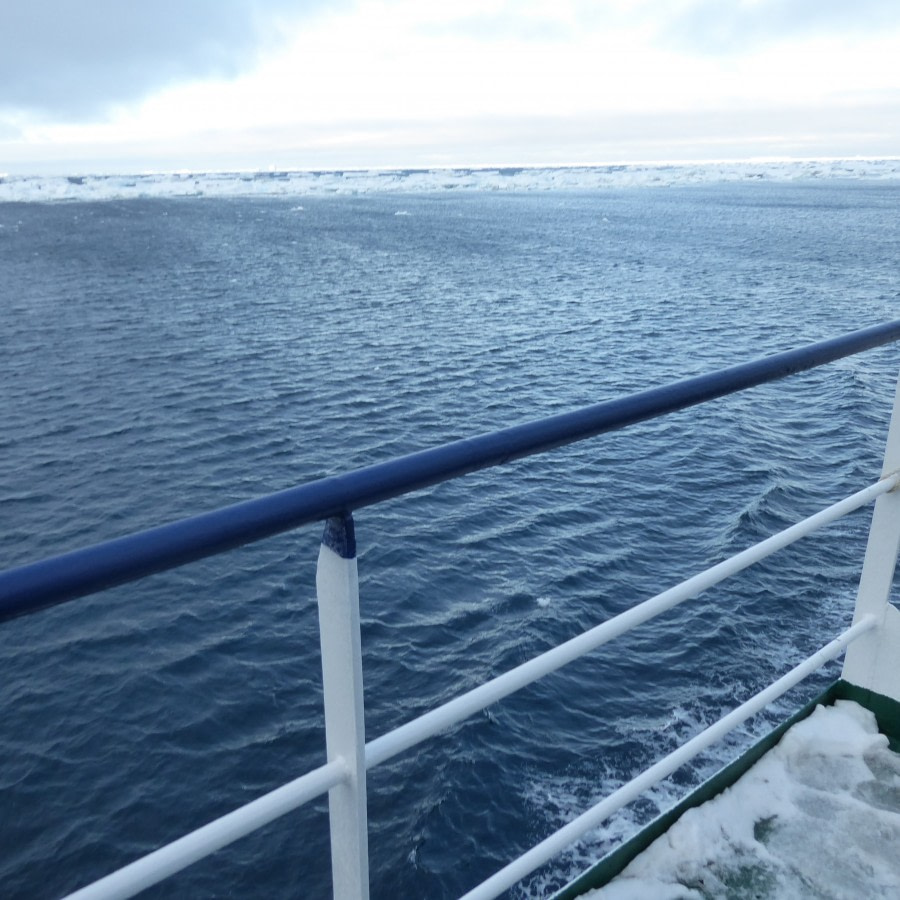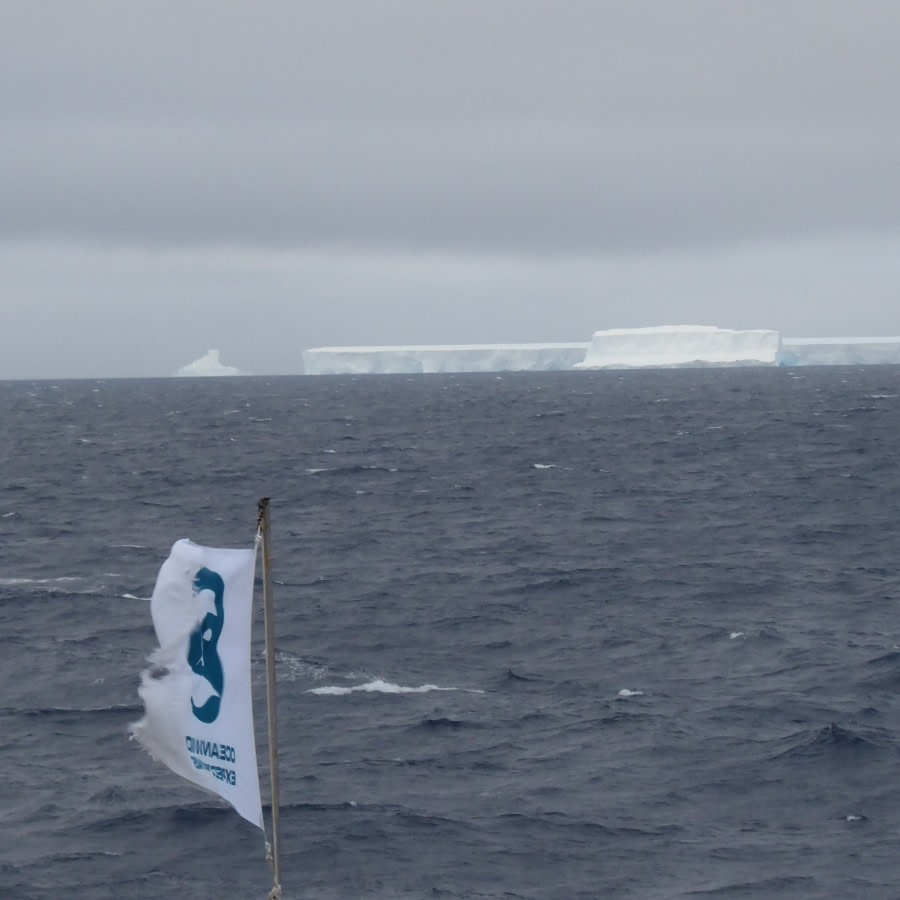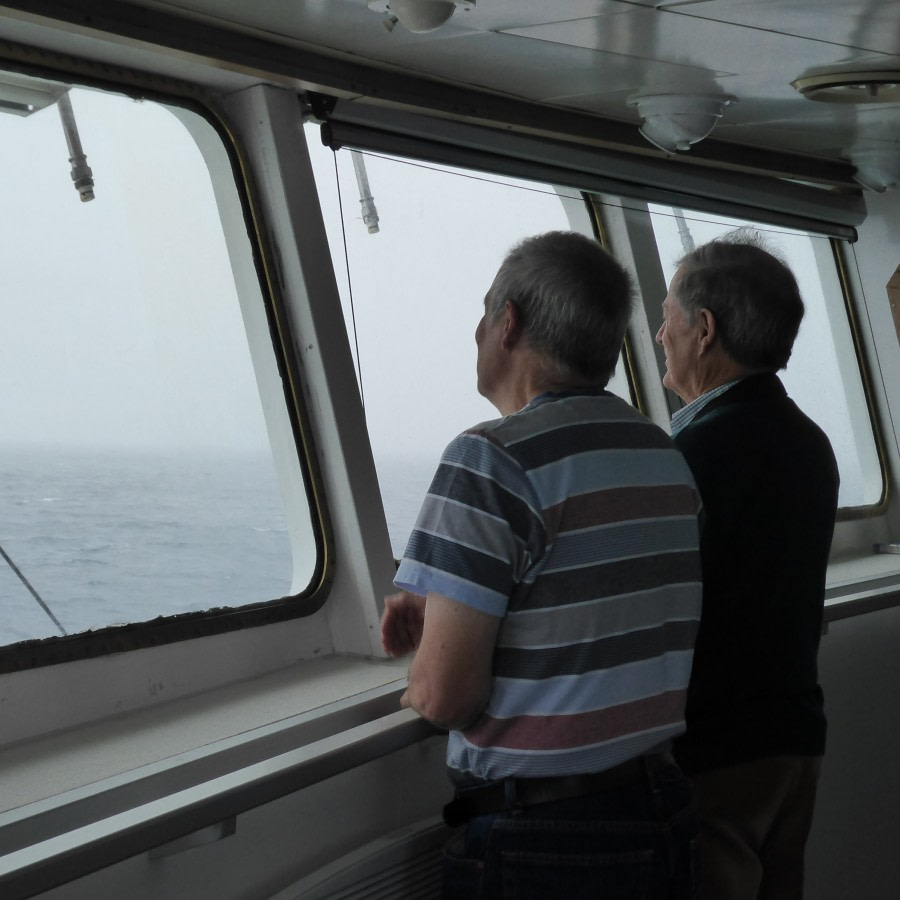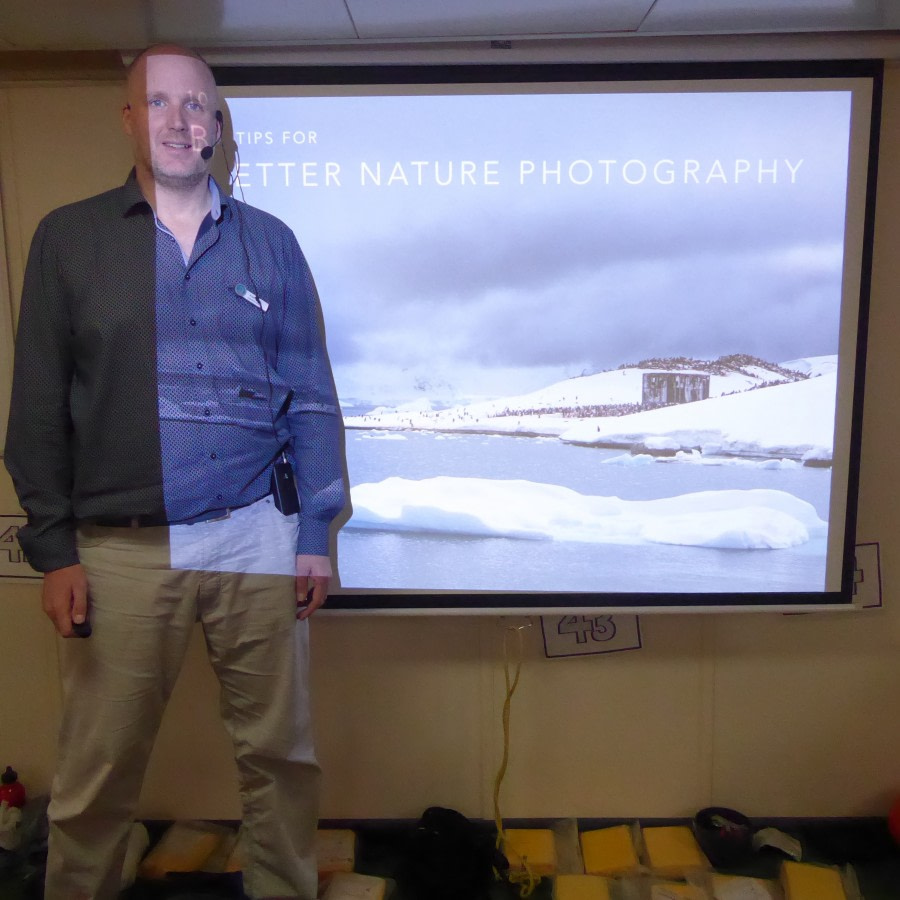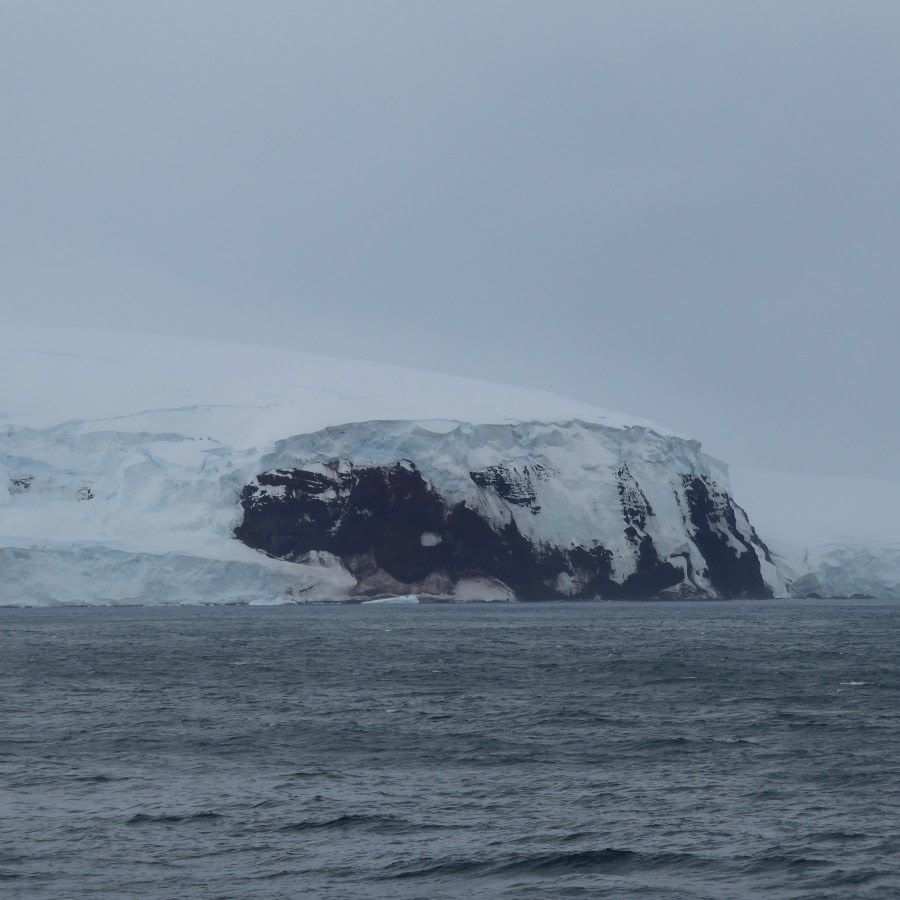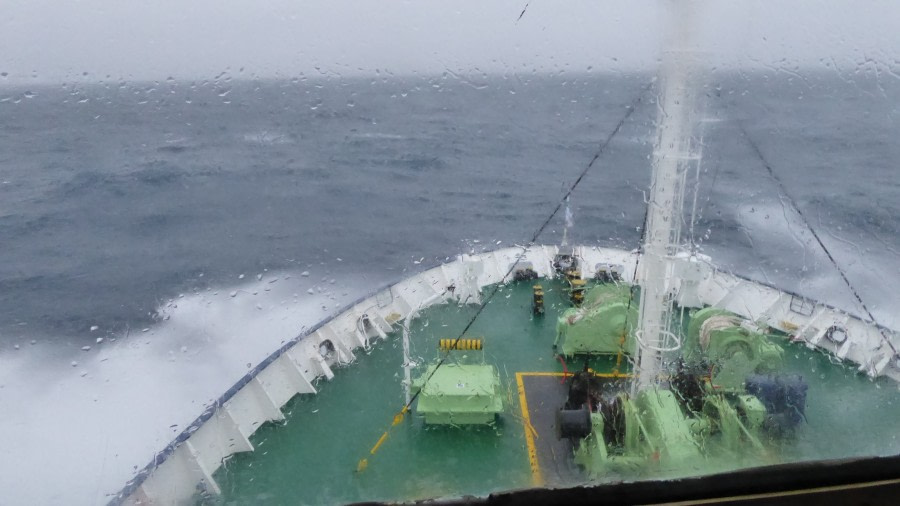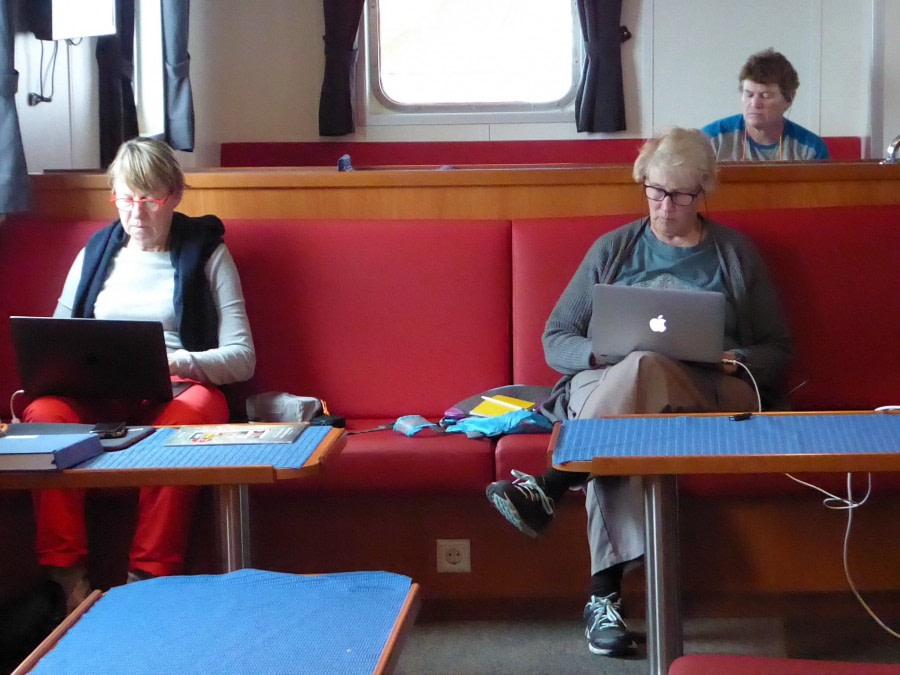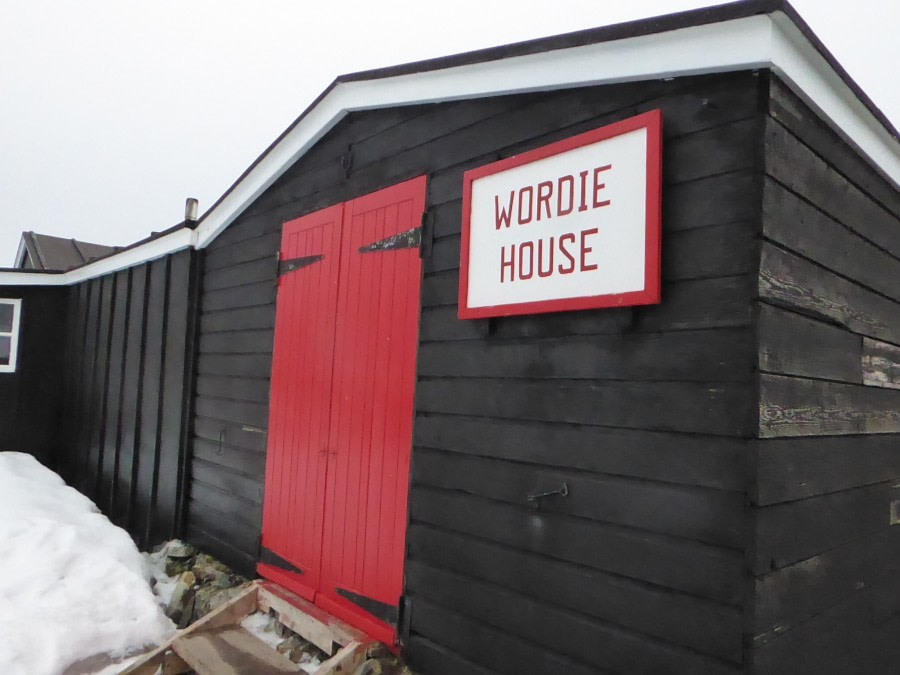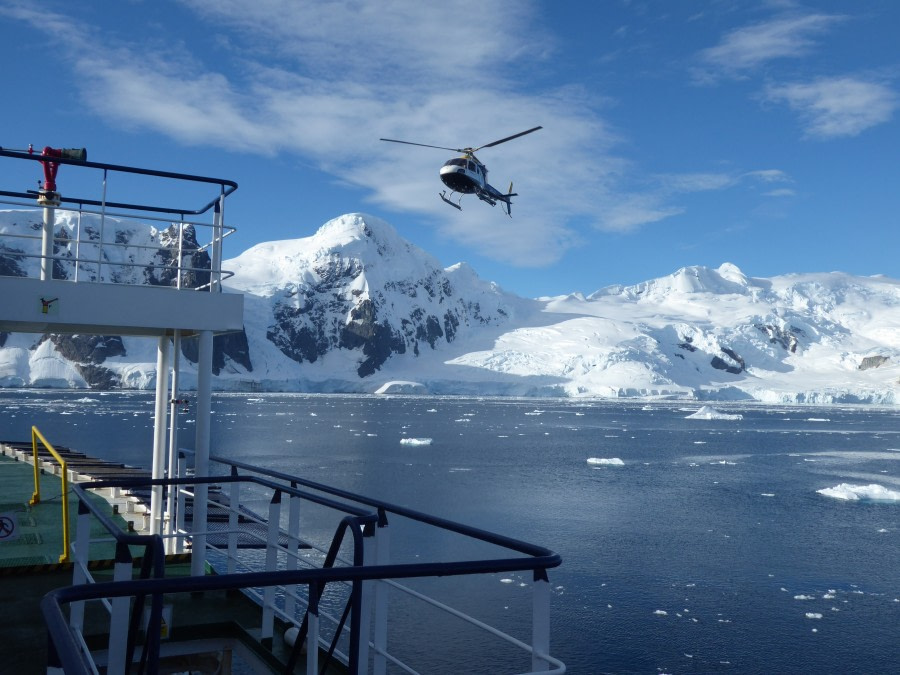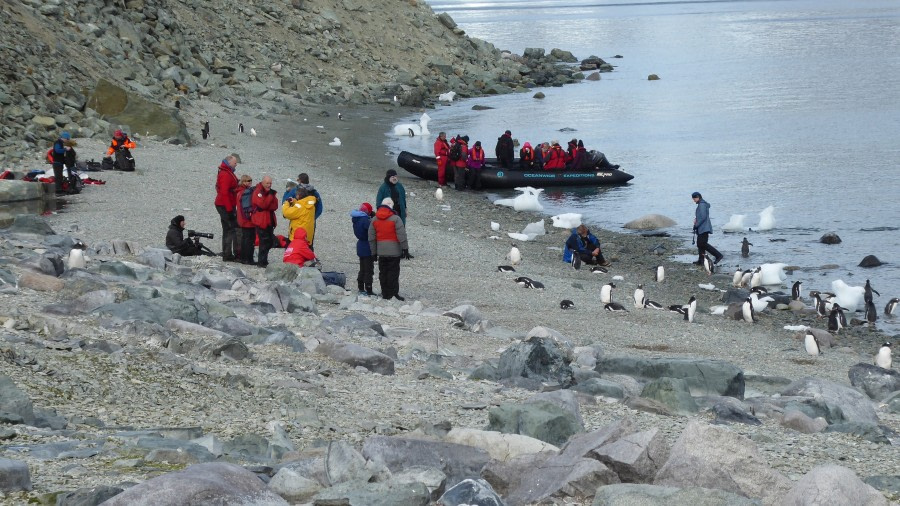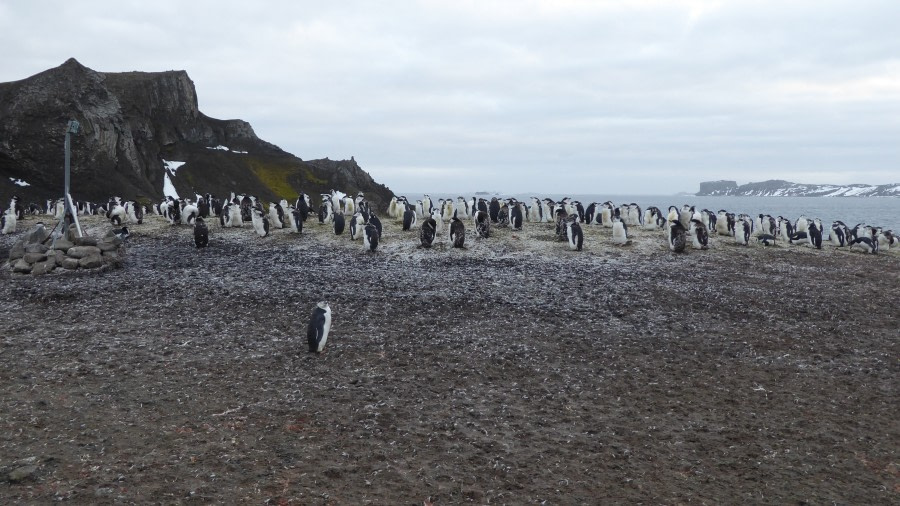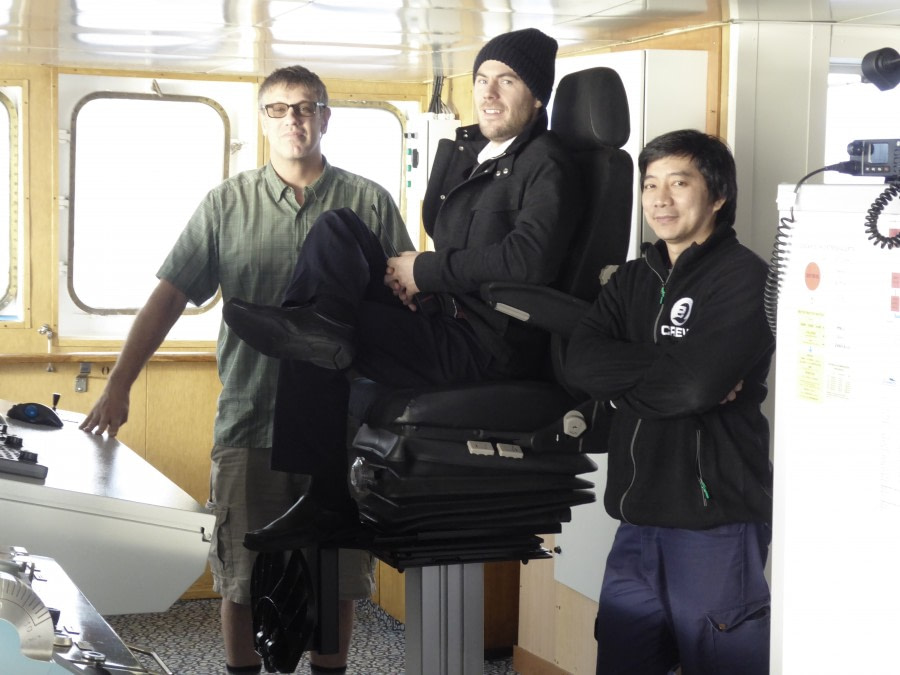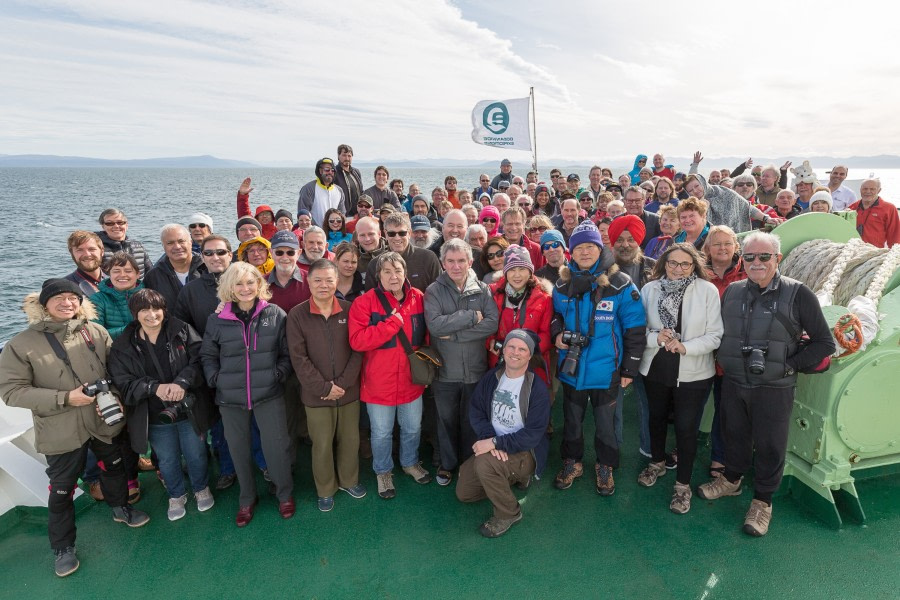The night was quite smooth, with the occasional swell causing us to roll in our beds, and it continued that way from when we woke in the morning. Today, after so many days at sea, we were finally going to see land! Peter I Island, ahead of us and due in sight by early afternoon. We all hoped the fog would lift, clear or just plain disappear by the time we got there.
Occasional icebergs passed by, some smaller tabular bergs, but more and more complex and castellated icebergs were coming into view through the uniform grey of the fog. We all gathered in the bar to hear what there is to know about Peter I Oya, the little rock discovered by Russians and claimed by Norway. In the briefing, we learned how few people had been to the island, and Victoria made it clear that the island was named after a unique and not very nice man! Waiting and watching as we approached was a slow time, as we saw very little - only a very few birds, some ice, and lots of fog.
After lunch, more and more people gathered on the bridge, eyes ahead, hoping for that first sight of the island. We were in the middle of some beautiful ice, humpback whales had surfaced recently, and the weather was changing every few minutes, when finally the island emerged. Steep and stark, black rock faces rose to white ice above, which then disappeared into the low cloud crowning the island.
Captain Mika first turned the ship to run along the Northwestern coast, then swung around so that we sailed in a Southerly direction, down the Western side of the island. The weather was beautiful, snowy, windy, foggy, sunny ... there was a little bit of everything, depending on which direction you looked. Everything was changing quickly, as well, so ice would be illuminated one minute, and dark grey and brooding the next. As we came around the bottom of the island, we found a small area that was sheltered from the wind, where there was not too much swell.
Rolf called a briefing to explain conditions, as the gangway was going to be challenging. We are, after all, pretty much in the open ocean, and so waves are to be expected. We planned a zodiac cruise, as the island's glacier and rock faces at water level were not going to offer us a place to get ashore. The expedition team went down the gangway into a zodiac, and we watched as the boats went over the side into a very bumpy sea. One by one the drivers got into their zodiacs, and we watched with trepidation as each boat was bounced around - a lot! While we were waiting, the wind got stronger, and conditions got worse. We were losing our shelter from the Southern Ocean swell as the wind curled around the bottom of the island. Rolf, in a boat on the water, called a halt to proceedings, and had to cancel the cruise. It was not an easy decision to make, but it was clear why he had to do it.
We watched as the zodiac drivers came back on board, then headed to our cabins to take off our lifejackets and boots. Antarctic weather had kept us from getting any closer to the island, but we still had a pretty spectacular view (when the fog allowed) of the island off the ship's port side, with a beautiful rainbow illuminated against the ominous sky. We headed up to the bar, hoping for another brownie, or back to the bridge for more photos.
When recap time came around, Victoria entertained us with some poetry, reading parts of "The Rime of the Ancient Mariner", and Rolf, who had been in a meeting with the Captain and helicopter pilots, came in at the very end of the briefing. Wind, weather and visibility charts had been examined, and the verdict was that there was no point in staying one more day, as conditions were not going to improve. We were going to head to the Peninsula, where the weather looked better and we would have much increased possibilities for getting ashore.
In the evening after dinner, we tried to find the island in the fog again, but it was behind us, and lost in bad weather. We all went to bed hoping for better weather ahead, while feeling the ship roll and heel over in the strong winds around us.
